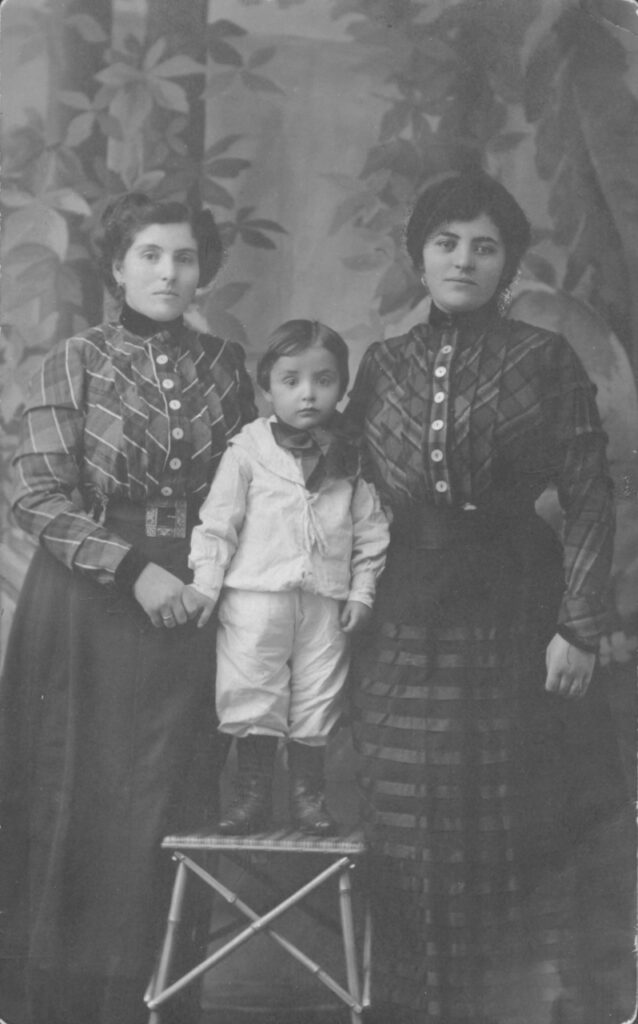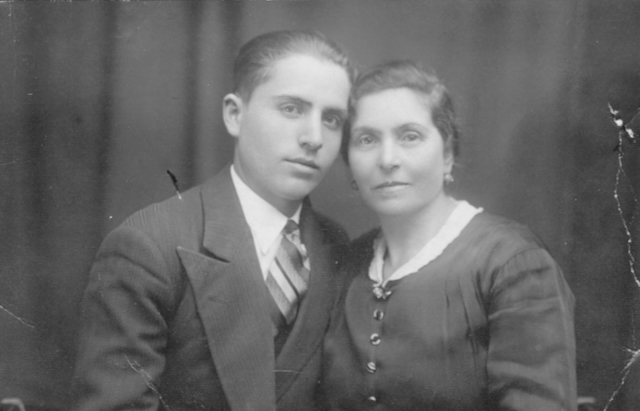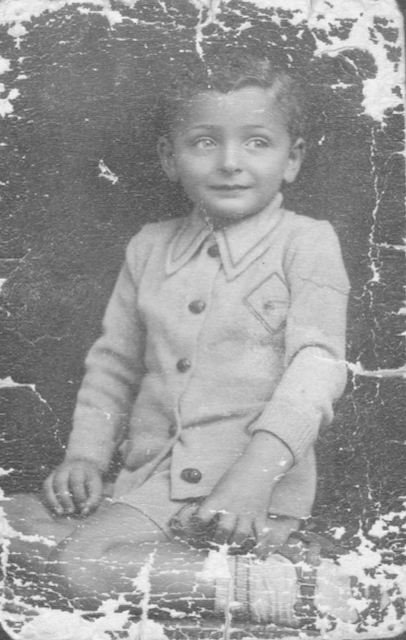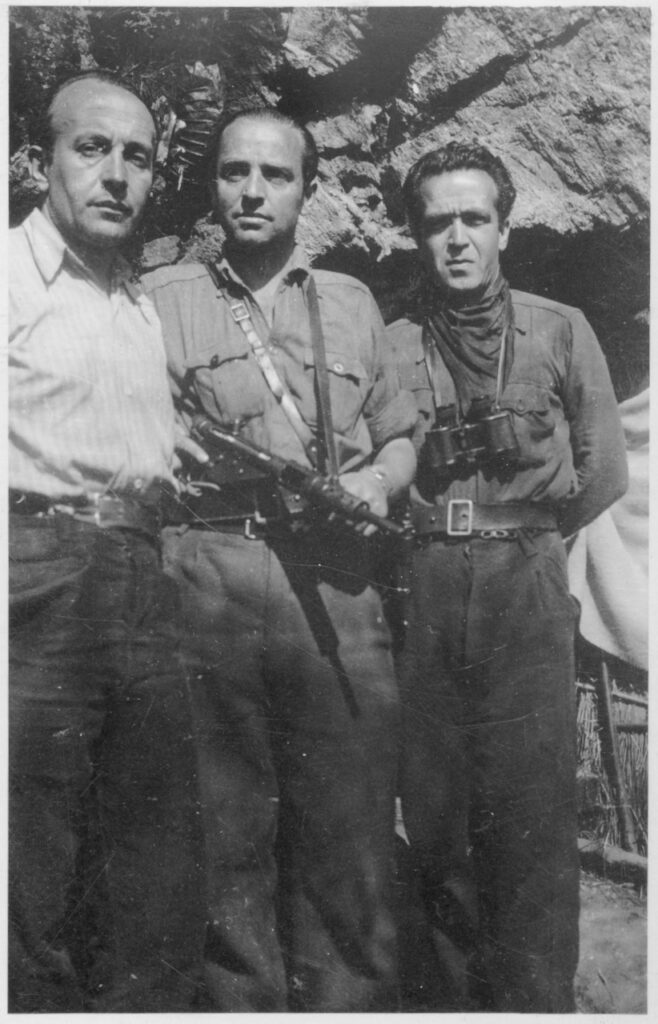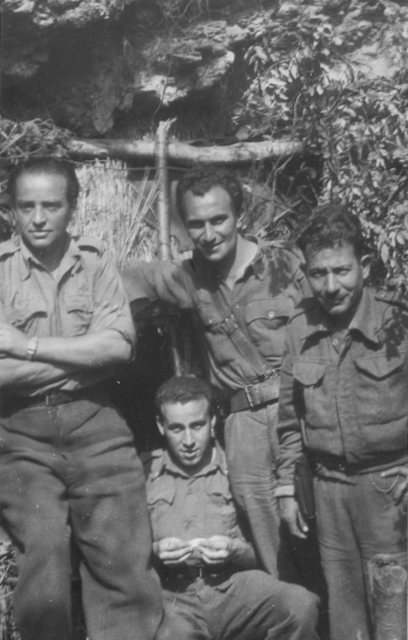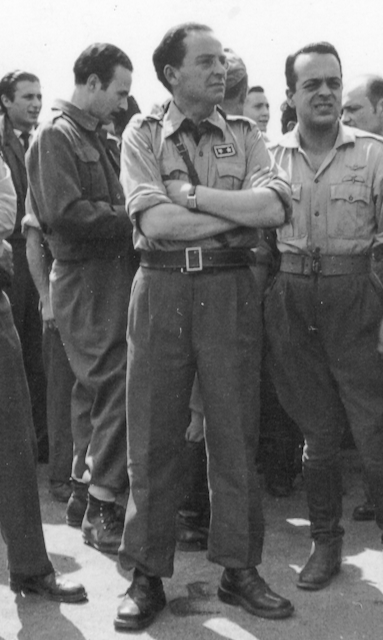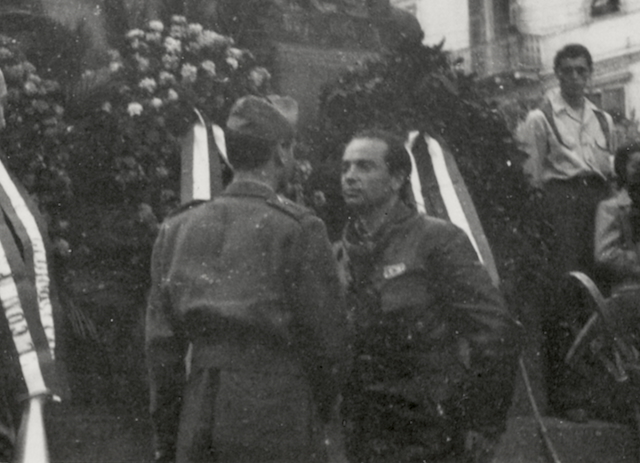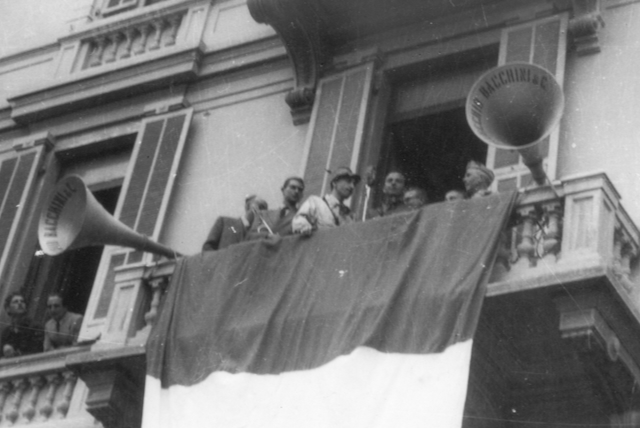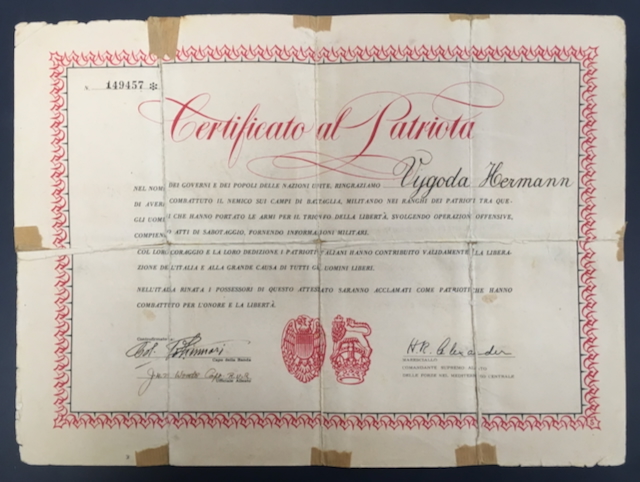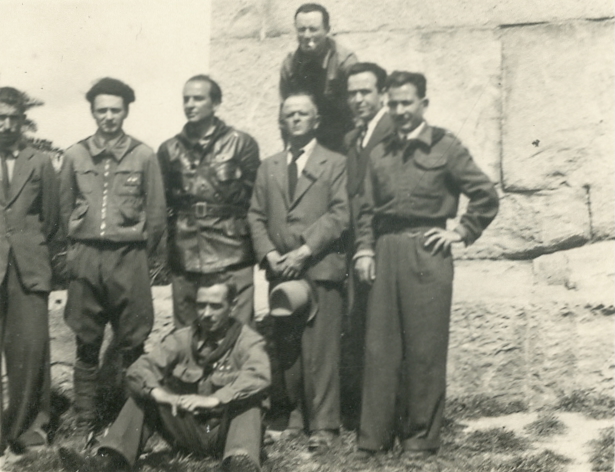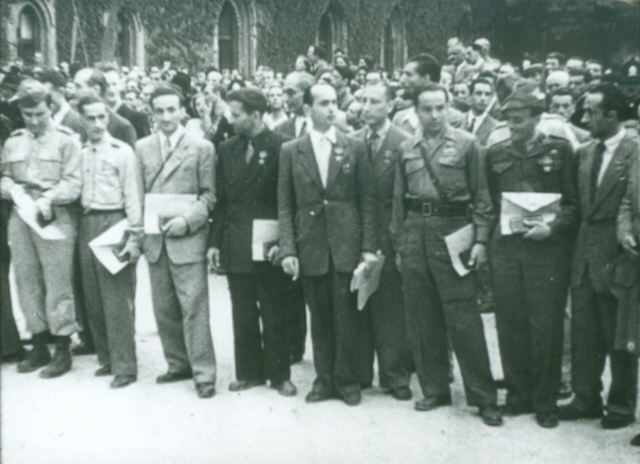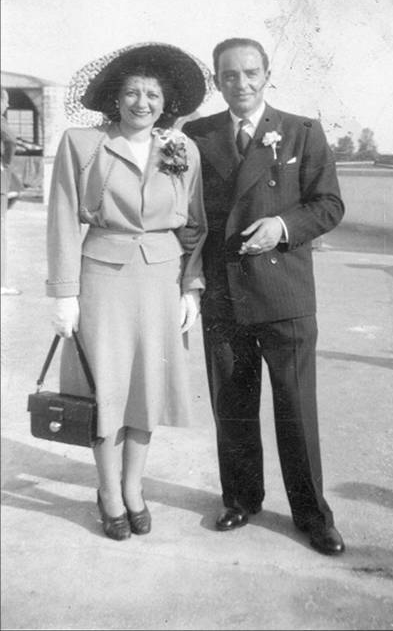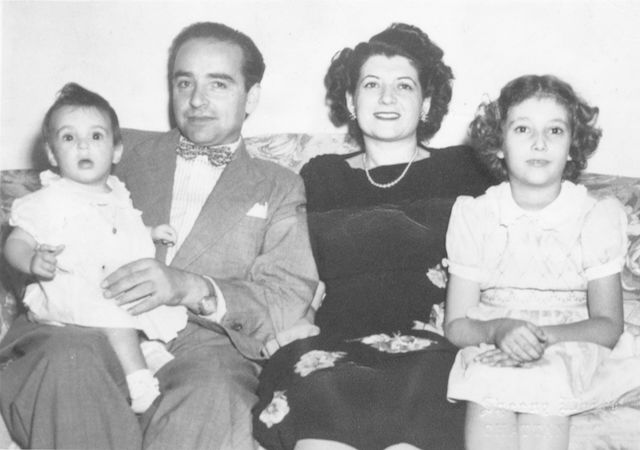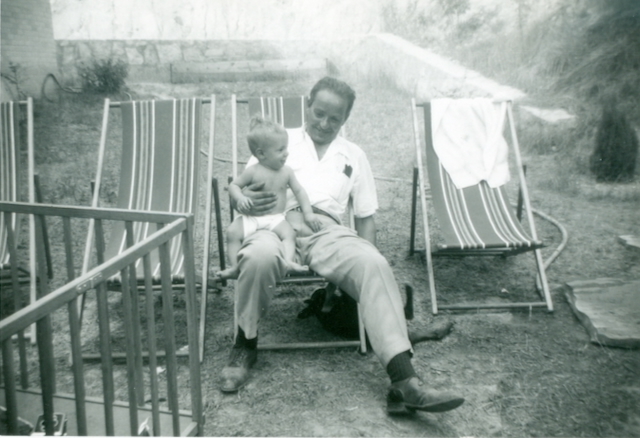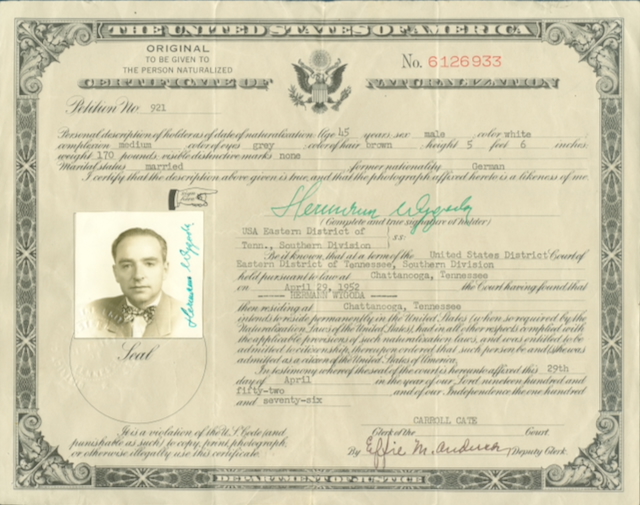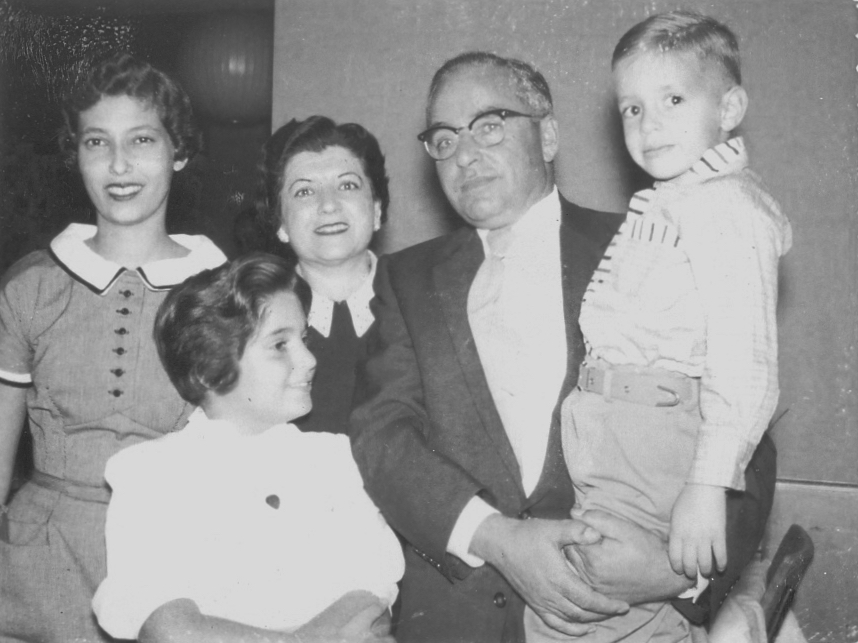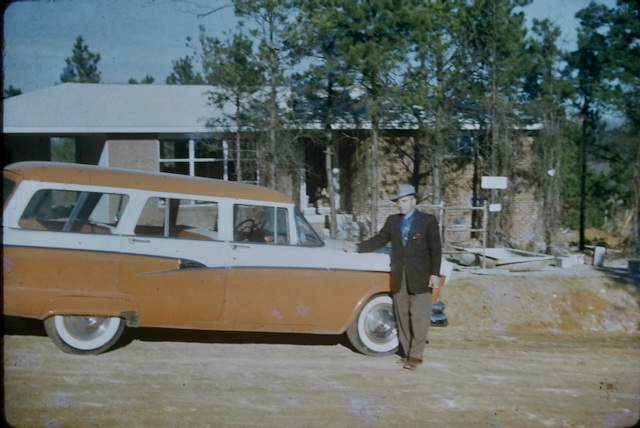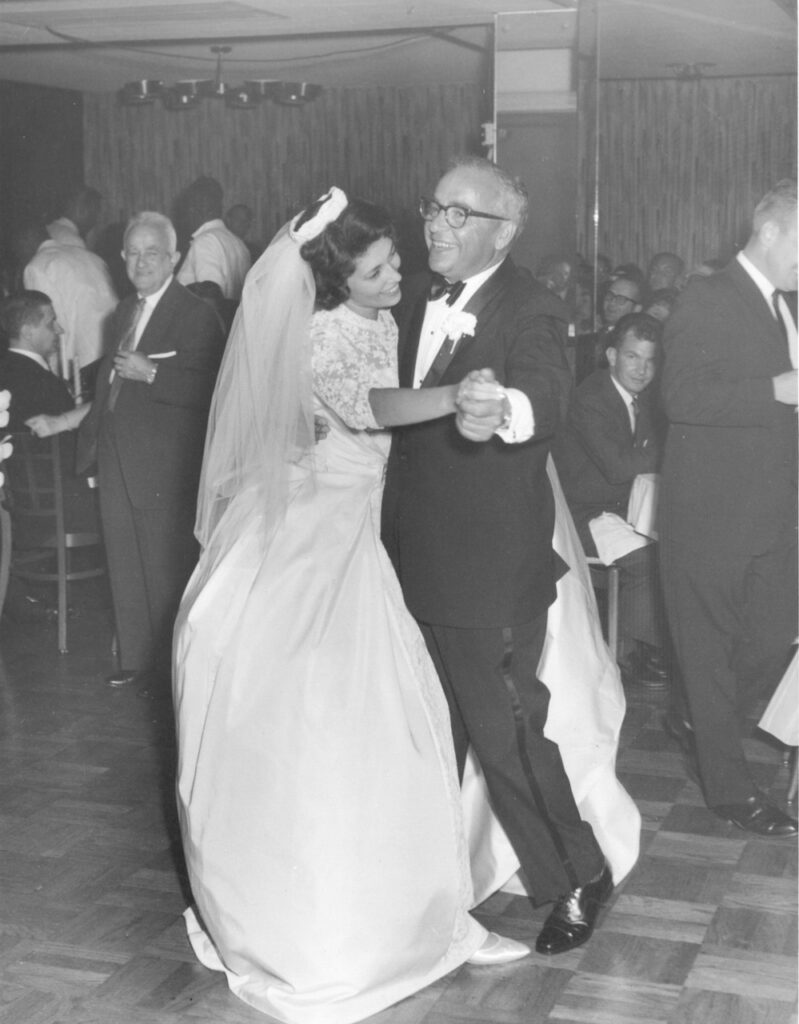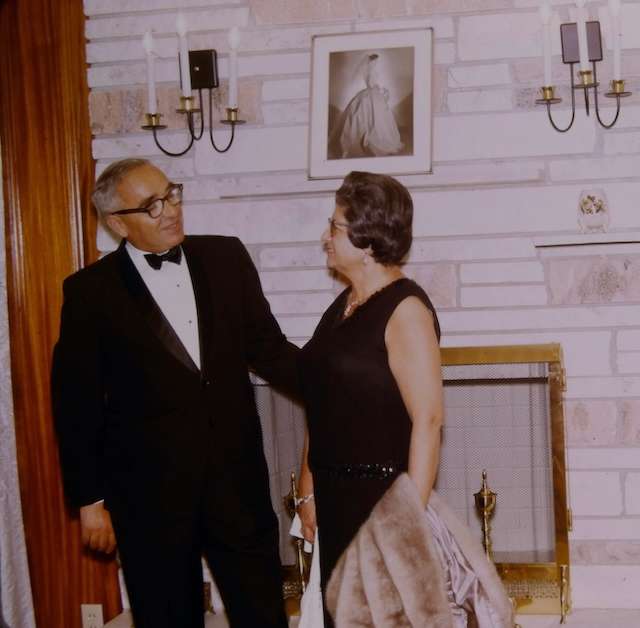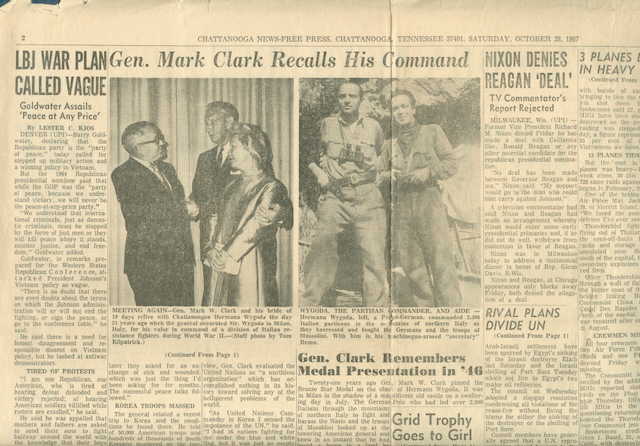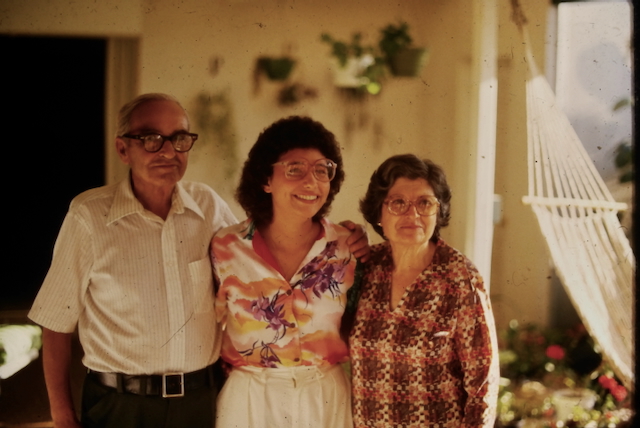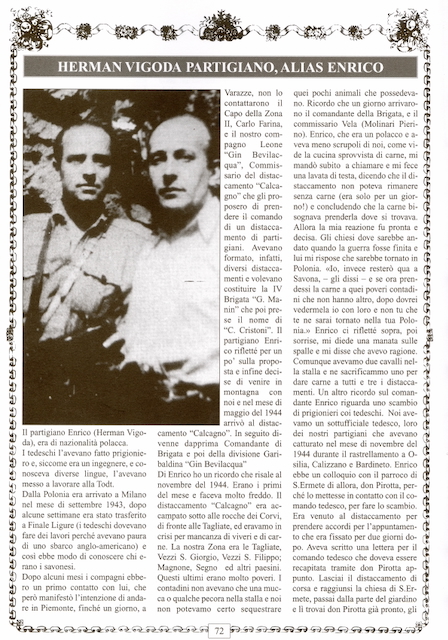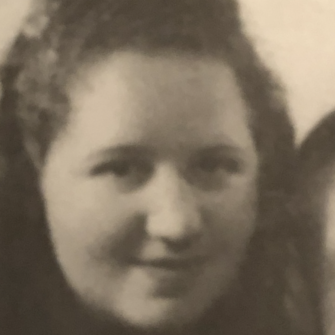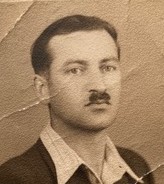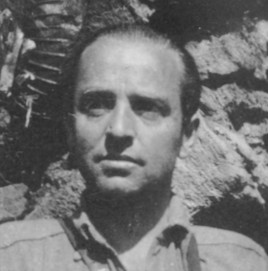Hermann Wygoda was born on November 18, 1906, in Offenbach, Germany to Polish parents, Chana and Maier Wygoda. He had a younger brother named Leon. When Hermann was 8 years old, the family moved to Berlin. After Hermann’s father was killed in WWI, Chana took her sons back to her hometown of Kossow, Poland located 50 miles northeast of Warsaw.
As an adult, after serving a few years in the Polish army as a lieutenant, Hermann attended Warsaw Polytechnic Institute and became a civil engineer. He took his first engineering job in Berlin but returned to Poland in 1929. He married and the couple had a son, Samuel, born in 1934. They later separated, and Hermann raised Samuel himself with the help of his mother. The three of them lived in a downtown Warsaw apartment, but when the Germans invaded Poland in 1939, Hermann’s mother and son were in Kossow visiting his brother Leon and Leon’s family.
After the Germans occupied Warsaw, anti-Jewish laws were enacted. Hermann survived by posing as a Catholic Pole of German ancestry, a Volksdeutscher. The Warsaw Ghetto was established in October 1940 and sealed in November 1940. Nearly half a million Jews were enclosed into an area of just 2.4 percent of the city.
Hermann became a smuggler for the Warsaw Ghetto. He smuggled jewelry and furs out of the ghetto, which he sold in exchange for food, and then smuggled the food back into both the Warsaw Ghetto and the Kossow Ghetto, where his family was confined. He kept up his smuggling operation until the deportations of Warsaw Ghetto residents began in July 1942. His family perished in Treblinka in the fall of 1942 after the liquidation of the Kossow Ghetto, and his inability to save them haunted him for the rest of his life.
After working for a few months as a handyman at a German military camp in Poland, he went to Germany where he worked as a foreman, a translator, and an armed courier for a Berlin labor company. In December 1943 he traveled to the Mediterranean port city of Savona, Italy where he was employed by a construction company.
On February 12, 1944 his planned escape to the island of Corsica, then occupied by the Americans, was foiled when he was arrested by the German military secret field police as a suspected spy. He escaped from the Savona military garrison jail less than 24 hours later and walked into the mountains west of Savona, where he hid in a cave and was supplied with food by a local farm family.
Several weeks later, he was approached by a group of partisans who took him to meet a high-ranking officer in the partisan army, known as the Voluntary Liberation Corps of the Committee of National Liberation. After much discussion, he was not just recruited to join the partisans but also to assume command of one of their units that was active in the area but who had recently lost their leader in battle. His prior experience as a military officer in Poland, along with his recently demonstrated prowess by having escaped from the German military jail, made him an ideal candidate for the position. He accepted and thereafter became known only as Comandante Enrico.
Hermann was put in charge of a detachment of 117 partisan fighters whose role in the resistance was to aggressively attack enemy convoys and troops passing through the mountains, but they had not been very effective. He reorganized the unit and, with his leadership and planning, they became successful. As more local Italians volunteered, Hermann organized them into several detachments which he later grouped into four separate brigades, each with its own commander. He assumed command of the 4th Garibaldi Assault Brigade with a fighting force of 600 men and a few women partisans.
Hermann’s usual procedure for dealing with captured Germans was to personally interrogate them and then order their executions. “To carry out an act of justice against the killers of innocent children,” as he stated in his memoir. But at times, he would exchange prisoners of war after negotiating terms of the prisoner exchange with the German military commander of Savona.
In February 1945, Hermann was ordered by the high command to group the four area brigades into a division of 2,500 troops which he was to command. The new division was named the 1st Gin Bevilacqua Garibaldi Assault Division. Then, on April 25, 1945, acting on their orders, he led his division into Savona to help with the city’s liberation from the Germans. After the liberation, Hermann became a police inspector for the city of Savona.
On June 26, 1946, Hermann was awarded an American Bronze Star medal for valor in combat by U.S. General Mark Clark in a special ceremony that took place in Milan, Italy. In November of that year, Hermann came to the United States on an immigrant visa. He settled in Chattanooga, TN where his aunt, who had left Poland prior to the Holocaust, was living.
In May 1947, Hermann married Rae Raider, a widow with a 6-year-old daughter named Lois, who he adopted after they married. Their other daughter Sylvia was born in 1948, and their son Mark in 1951. Hermann went into business for himself as a general contractor, licensed by the State of Tennessee, and in 1950 founded the Wygoda Building Corporation of which he was the president and sole owner. By the time he retired in 1972, Hermann had developed three subdivisions and designed, built, and sold hundreds of homes in the Chattanooga area.
In 1965 Hermann translated into English the memoir that he had written by hand in Polish in 1945. Hermann passed away in 1982. In 1998, his memoir was published posthumously by the University of Illinois Press with the title In the Shadow of the Swastika.

